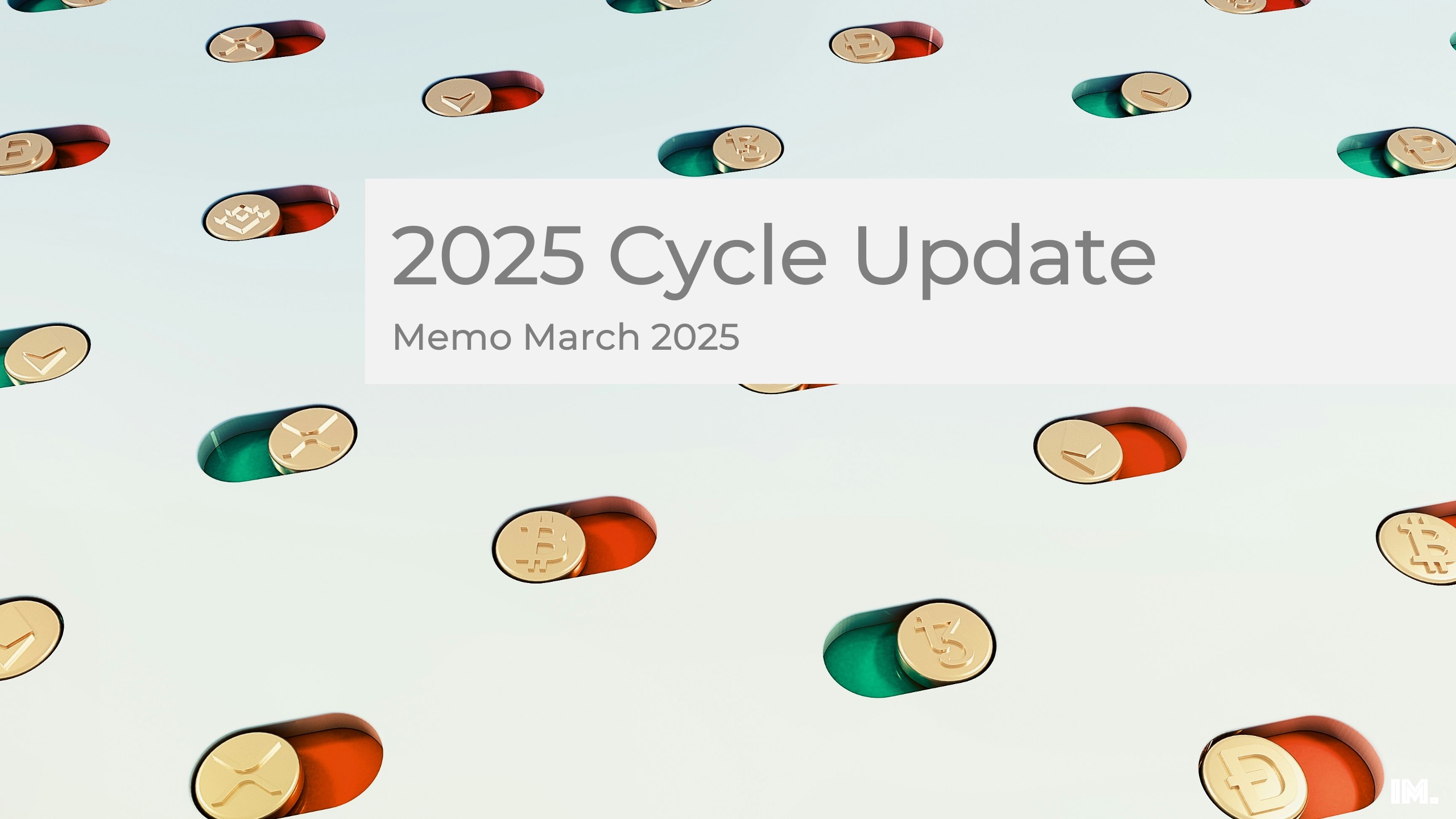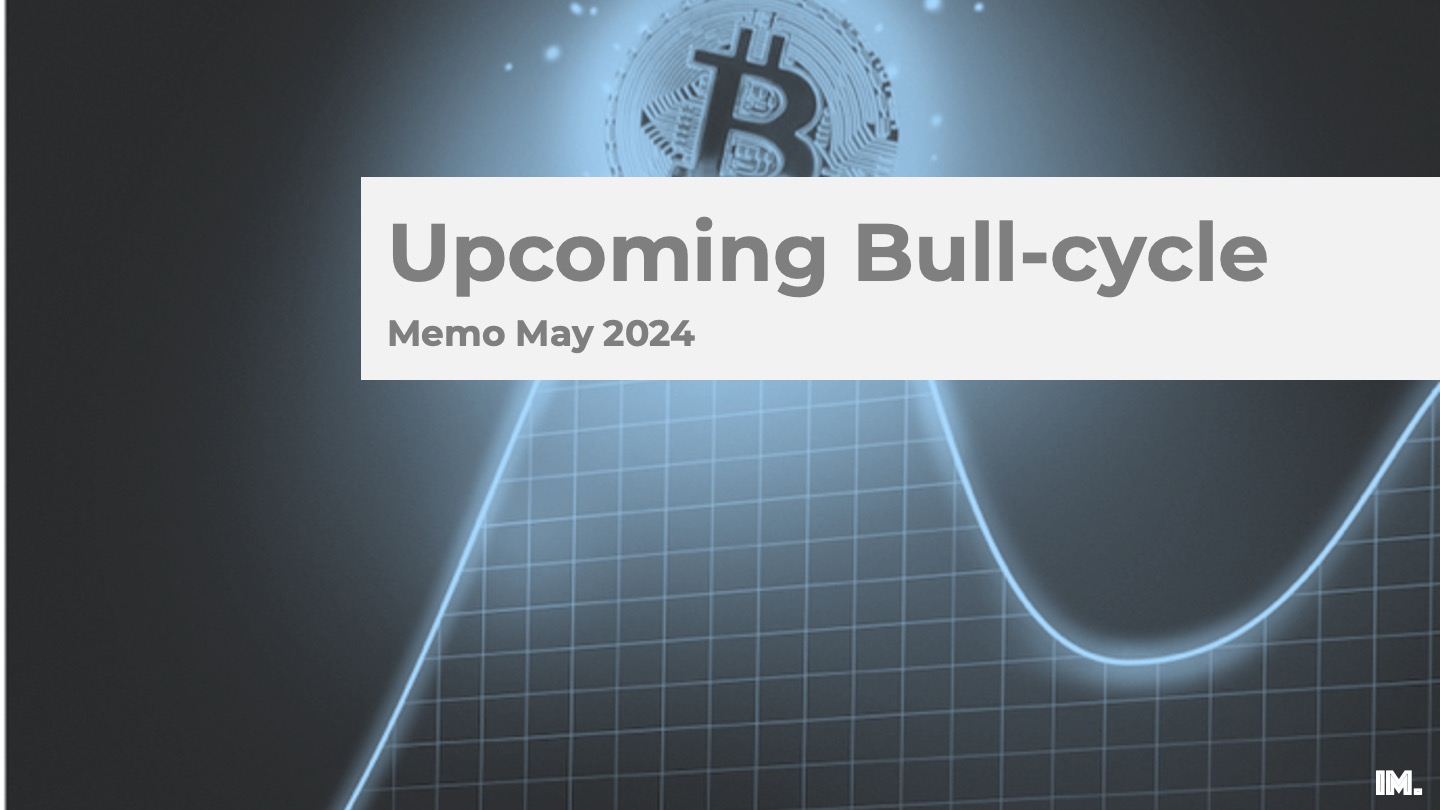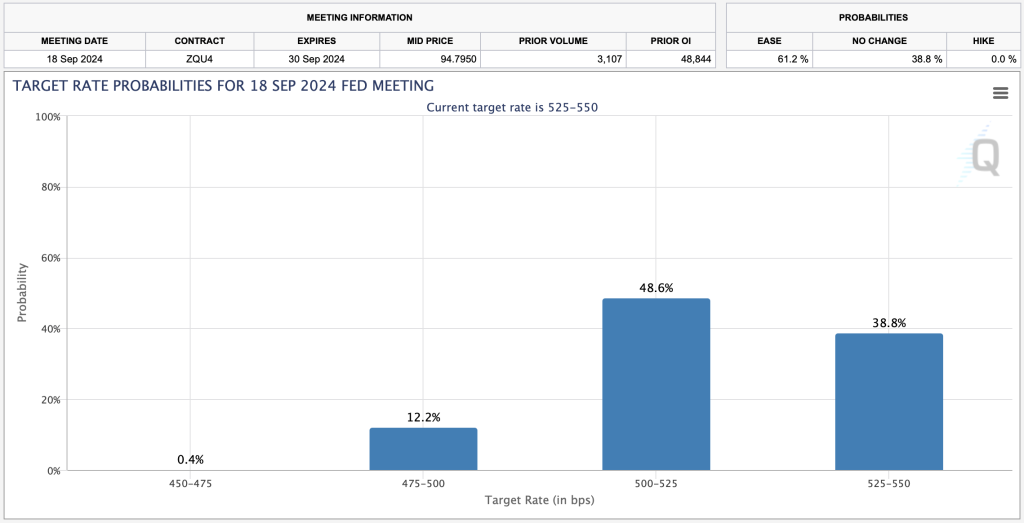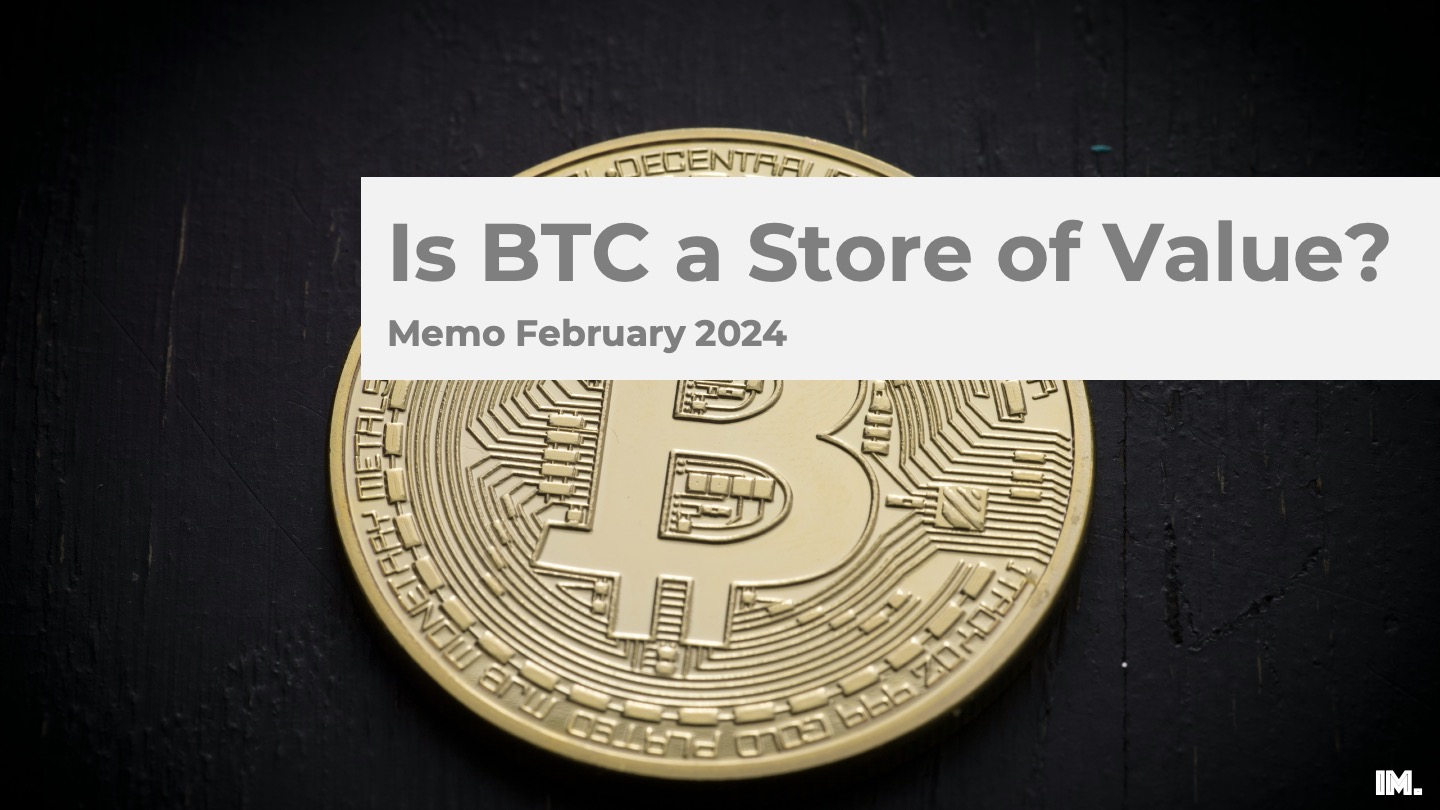Where Are We in the Crypto Cycle?
The crypto market has once again entered a phase of intense speculation and debate. Some believe the cycle top is already in, while others argue that the most bullish phase is yet to come. But where exactly are we in the cycle, and what can we expect moving forward? To understand this, we must analyze both crypto-specific factors and the broader macroeconomic landscape that influences liquidity and risk appetite in financial markets.
The 4-Year Crypto Cycle
Historically, the crypto market has followed a four-year cycle, primarily driven by Bitcoin’s halving event, which reduces the supply of new BTC issued to the market. This supply shock, coupled with consistent demand, has typically led to a price surge, followed by a period of price discovery in the broader crypto market.
This cycle consists of:
- A bull market (typically lasting 1-2 years), where Bitcoin and altcoins experience rapid price appreciation due to increased speculative interest and institutional adoption.
- A bear market (lasting 2-3 years), characterized by prolonged drawdowns, investor capitulation, and a reset in valuations.
The last Bitcoin halving occurred in April 2024, which historically signals the beginning of the most speculative and parabolic phase of the bull cycle. The peak has historically been reached around 550 days after the halving. If history repeats itself, we could expect significant upside potential in the coming months, with a peak in September – October 2025, with Bitcoin leading the charge before capital rotates into altcoins.
The Role of Liquidity in Crypto Cycles
Beyond crypto-specific factors, global liquidity plays a crucial role. Institutional debt refinancing cycles, which occur every 4-5 years, force central banks and governments to inject liquidity into the financial system to prevent economic slowdowns. According to global liquidity expert Michael Howell (Managing Director at CrossBoarder Capital), this liquidity cycle should continue rising until late 2025, further supporting asset price growth, including crypto.
However, in the short term, liquidity fluctuations due to import tax threats, interest rate adjustments, and policy decisions can lead to temporary market corrections. We have already seen some volatility in the crypto market driven by central bank actions and fiscal policies.
Macroeconomic Trends and Their Impact on Crypto Liquidity
To fully understand the crypto market’s trajectory, it is essential to examine broader macroeconomic trends that affect liquidity and investor sentiment. One of the most critical factors shaping global liquidity today is the ongoing debate over the U.S. debt ceiling. As the U.S. government navigates fiscal policy challenges, the availability of liquidity in the financial system can significantly impact risk assets, including cryptocurrencies.
The US Debt Ceiling Discussion
The U.S. debt ceiling sets a legal cap on how much the government can borrow to fund its operations. When this ceiling is reached, the government cannot issue more bonds unless Congress approves an increase. In January, the U.S. hit its debt limit, forcing the government to rely on cash reserves in the Treasury General Account (TGA). While tax revenues in April and May may provide temporary relief, the looming question remains: what happens when the TGA runs out?
If the debt ceiling is not raised in time, the government may face significant financial constraints, forcing drastic spending cuts or triggering a default scenario. Conversely, if Congress approves an increase, the U.S. Treasury will be forced to issue more bonds, which could lead to a surge in bond yields and impact liquidity conditions across financial markets. This dynamic is critical for crypto investors, as liquidity contractions often lead to risk-off behavior and price corrections in speculative assets.
The Trump Administration’s 333 Plan
The Trump administration’s economic strategy, known as the 333 Plan, aims to:
- Achieve 3% real GDP growth per year
- Reduce the annual budget deficit to 3% of GDP
- Increase U.S. oil production by 3 million barrels per day
This plan is designed to keep long-term interest rates low by manipulating supply and demand dynamics in the U.S. bond market. By cutting government spending, the administration hopes to reduce the need for excessive bond issuance, which in turn could help lower yields and sustain liquidity in financial markets.
However, the U.S. currently runs a budget deficit of 6.3% of GDP (nearly $2 trillion per year), meaning that reducing this to 3% would require over $1 trillion in spending cuts. The administration has tasked Elon Musk’s Department of Government Efficiency (DOGE) with identifying cost-saving measures, but it remains uncertain whether these efforts can be implemented quickly enough and overall unlikely that it can realise anywhere near $1 trillion in cuts.
Bitcoin vs. Altcoins’s Performance
One of the most debated topics this cycle has been the performance divergence between Bitcoin and most altcoins. Historically, Bitcoin rallies first, followed by an explosive move in altcoins during the final leg of the cycle. However, in the current cycle, many altcoins remain stagnant or continue to trend lower despite Bitcoin’s upward trajectory. Some analysts speculate that institutional investors have favored Bitcoin due to its growing status as a macro asset, leaving altcoins behind.
However, if previous cycles are any indication, altcoin momentum could be delayed rather than absent. Many altcoins, particularly those with strong narratives and institutional interest, may still see significant gains in the final months of the cycle. This can also be seen in the altcoins trend line still moving up when looking at the 200-day moving average, with prices moving between the two main relevant trend lines based on the previous cycles.
Market Structure & Institutional Adoption
Unlike previous cycles, the current crypto market has evolved significantly. Institutional involvement has grown, regulatory scrutiny has increased, and retail investors have shifted towards decentralized finance (DeFi) rather than centralized exchanges.
The introduction of Bitcoin spot ETFs was a significant milestone, attracting traditional financial players into the market. The potential approval of Ethereum and altcoin ETFs could bring additional liquidity into the space, though past events have shown that ETF approvals don’t necessarily lead to immediate price surges.
The Catalyst for the Next Major Move
While market structure and liquidity set the foundation for growth, a key catalyst is often needed to trigger mass adoption. In past cycles, major corporate Bitcoin acquisitions (e.g., MicroStrategy’s purchases) kicked off the bullish cycle.
This time, potential catalysts include:
- Foreign central banks adding Bitcoin to their reserves, legitimizing it as a global asset
- Expansion of tokenized real-world assets on blockchains like Ethereum and Solana, bringing new capital into the ecosystem
- Institutional integrations of stablecoins and crypto payments, such as PayPal’s PYUSD on Solana, driving mainstream adoption.
Final Thoughts
As always, market sentiment swings wildly in both directions. When prices are up, greed takes over. When prices are down, fear dominates.
Despite short-term uncertainties, the broader crypto cycle remains intact. Both historical patterns and macroeconomic conditions suggest the market is still on schedule for a final bullish phase. However, investor sentiment, global liquidity flows, and regulatory developments will determine the speed and magnitude of the next move.










